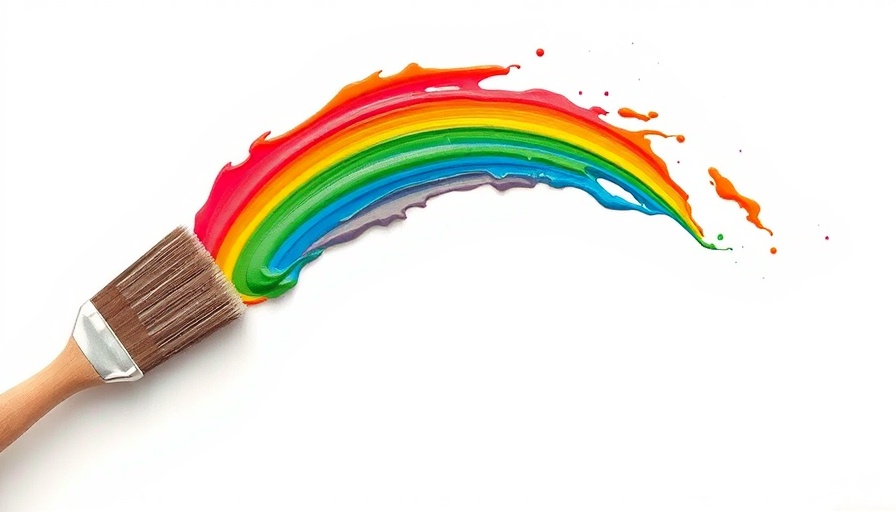
The Rise of Human Creativity Amidst AI Advancements
As artificial intelligence (AI) technologies become increasingly integrated into the creative landscape, artists and content creators are starting to advocate fiercely for their rights. The emergence of generative AI tools, while revolutionary, raises significant concerns for human intellectual property (IP).
A recent report by the International Confederation of Societies of Authors and Composers highlights a troubling prediction: by 2028, AI competition is expected to reduce revenues for human content creators by 21% to 24%, a staggering loss estimated at around €22 billion. This alarming statistic invites us to deliberate on the future of human creativity in an AI-enhanced world.
Why Protecting Human IP Matters
Creative professionals are the backbone of cultural industries, from music and literature to visual arts. As generative AI takes center stage, potentially using vast repositories of human-made content to train algorithms, the necessity to protect IP becomes increasingly urgent. The ongoing copyright debates concerning AI-generated content exemplify the potential rift between technological advancement and creator rights.
Organizations like “Created by Humans” aim to advocate for creators’ rights, providing platforms for controlling, licensing, and monetizing creative works. This innovative model is essential as it bridges the gap between AI capabilities and human artistic integrity.
Davos Perspectives: Cultural Implications of the AI Revolution
Conversations at the recent Davos forum echoed these sentiments. Bill Gross, founder of IDEALab, emphasized that while AI is an unstoppable force, it can cannibalize human creativity. Broadening this dialogue is essential for understanding how to integrate AI ethically into creative processes.
Adobe's Approach to Creator Empowerment
Companies such as Adobe are addressing these copyright challenges through initiatives like the Content Authenticity Initiative, which aims to empower creators with tools to validate ownership of digital content. Understanding that AI can also play a productive role, Adobe is exploring ways to clarify how AI involvement influences the rights and recognition of creators. By incorporating "Do Not Train" credentials, creators can prevent their works from being used without their permission in AI training databases, offering a layer of protection within the AI landscape.
Future Insights: Navigating This New Terrain
As we look ahead, it’s vital for content creators, industry leaders, and policymakers to engage in collaborative dialogues. Together, they must devise solutions that respect the role of human artists while embracing the innovations AI brings. The fusion of human creativity and artificial intelligence holds the potential for groundbreaking developments, provided that we foster a sustainable ecosystem where both can thrive.
Actionable Steps for Creators
Creators can take practical steps to safeguard their work in the AI age. Exploring platforms that prioritize creator rights, understanding the implications of AI in content production, and leveraging tools like Adobe’s Content Credentials can help establish ownership and ensure proper attribution. By actively participating in conversations around IP laws and advocating for ethical practices within the industry, creators can position themselves at the forefront of this evolving landscape.
Conclusion: Embracing AI While Safeguarding Creativity
While AI offers exciting possibilities to transform the creative landscape, the challenge lies in protecting human IP rights effectively. Through strategic initiatives, fostering dialogue, and leveraging technology responsibly, we can ensure that human creators not only survive but thrive in the AI age. It's all about mutual respect and understanding that both human ingenuity and AI technology can coexist harmoniously.
 Add Row
Add Row  Add
Add 




 Add Row
Add Row  Add
Add 

Write A Comment